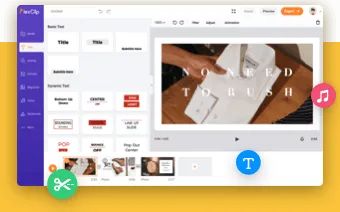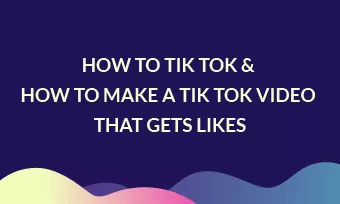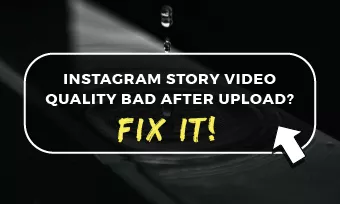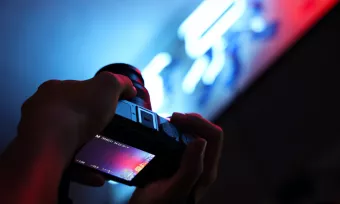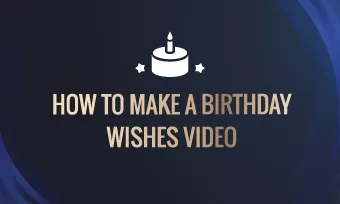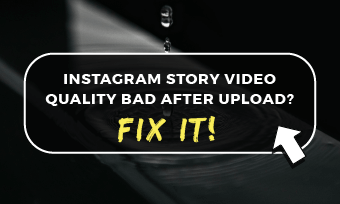Video Masking is the art of video editing that target effects to a particular area, clip, or section of a video using a masking tool. You can use video masking tool to cut out some things, place, or blur some areas of the video. You can also use it to merge two or more clips in one, making it look like a single video.
We all acknowledge the impact of various video masking tools out there, but it will only be fair if we present the pioneer tool for masking videos. That’s where Premiere Pro comes in. The Adobe Premiere Pro is a video editing software app designed by Adobe Inc. Launched in 2003; the Premiere Pro has displayed quite an appealing response from A-class users like CNN, BBC.
Adobe Premiere Pro’s mask video tool comes with a 5.1 surround sound mixing feature for an augmented sound, ensuring that every clink counts. Still on the feature, there is also the plug-in architecture that facilitates safe import and export. It also has 2D and 3D supports and ensures a left and right eye movement in each character. The Premiere Pro video masking also comes with many exciting features that cannot be summarised in a paragraph.
Here in this post, we will be showing you how to mask a video with Adobe Premiere Pro with its strong video masking tools. Follow us and let’s get started.
Also Read: How to Change Face in Video
How to Do Video Masking
How to Mask a Still Video Object
Mask a Video Via Shapes
Mask a Video via Free-Form Shape
How to Create a Tracking Video Mask
a. Track backward either one frame at a time or until the end of the layer.
b. Track forward either one frame at a time or until the end of the layer.
The Bottom Line
Understand that video masking is a perfect way to target a particular image for hiding a particular object, cutting, or blurring a particular image on the video. And you can get all these and more if you use the right video masking tool. If you find this post helpful, don't get selfish with this article; go ahead, like and share it if you find it interesting.


